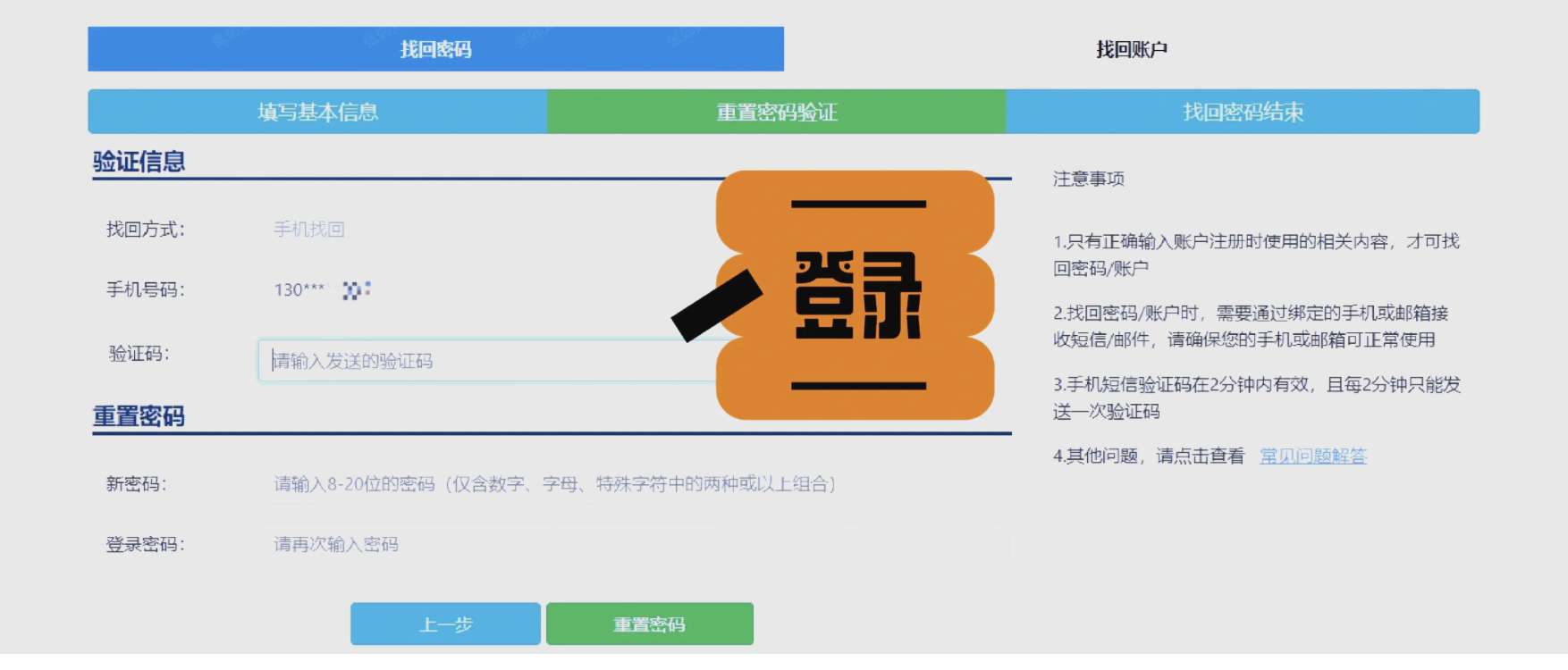Cloud computing provides computing resources, storage, software and other services through the network, which greatly simplifies the IT operation and maintenance of enterprises and individuals, and improves business efficiency while reducing costs. Cloud computing has three main service modes: Infrastructure as a Service (IaaS), Platform as a Service (PaaS) and Software as a Service (SaaS). These three service models have different characteristics and application scenarios, and understanding their differences will help enterprises or individuals to choose appropriate cloud computing services according to actual needs.实际上谷咕云计算的相关产品也一度受到用户的好评,这也是产品最好的自我肯定了。谷咕云计算是阿里云国际、腾讯云国际、华为云国际、亚马逊云(AWS)、谷歌云(GCP)、微软云(Azure)等国际云平台的官方服务商,同时租赁美国、香港、新加坡等地云/独立/站群/高防服务器,提供中国或者全球范围内的国际云平台账户开通、充值和租用服务。可USDT、支付宝支付、可退款。https://www.kaihu123.com/
I. Infrastructure as a Service (IaaS)
Infrastructure as a Service (IaaS) is the most basic cloud service model, which provides virtualized computing resources, including servers, storage, networks and operating systems. IaaS allows users to access and manage these resources through the Internet, and users can dynamically adjust the use of resources according to their needs, thus avoiding the construction and maintenance costs of traditional data centers.
Main features:
Flexibility of computing resources: users can purchase computing resources as needed to avoid resource waste.
Complete hardware control: Although the hardware is in the cloud, users can manage the operating system, applications and networks.
Cost-effective: users only need to pay for the resources actually used, without investing in expensive hardware equipment.
Typical IaaS provider:
Amazon Web Services(AWS)
Microsoft Azure
Google Cloud Platform(GCP)
Cloud Computing 10.png
Second, the platform as a service (PaaS)
Platform as a Service (PaaS) is the middle-tier service of cloud computing, which provides not only the infrastructure such as computing, storage and network, but also the tools, services and environment needed for developing, testing, deploying and maintaining applications. PaaS simplifies the development process, and developers can focus on application development without managing the underlying hardware and software environment.
Main features:
Support of development environment: provide a set of development tools, databases and middleware, so that developers can develop and deploy applications more efficiently.
Automated deployment: PaaS usually provides automated application deployment, load balancing and expansion functions.
Reduce the burden of operation and maintenance: users do not need to pay attention to the management of the underlying hardware and operating system, which reduces the complexity of IT operation and maintenance.
Typical PaaS provider:
Google App Engine
Microsoft Azure App Services
Heroku
Third, software as a service (SaaS)
Software as a Service (SaaS) is the service mode closest to the end users in cloud computing services. SaaS provides fully hosted software applications through the Internet, and users can use the service directly through the browser without installing or maintaining any software. SaaS service is usually based on subscription mode, and users only need to pay the usage fee.
Main features:
Out-of-the-box: Users can access and use cloud software at any time without installation and configuration.
Automatic update and maintenance: The service provider is responsible for all software updates and maintenance, and users do not need to intervene.
Pay-as-you-need: Users pay by usage or subscription, and the fees are usually transparent.
Typical SaaS provider:
Google Workspace (such as Gmail, Google Drive, etc.)
Microsoft 365 (such as Word, Excel, Outlook, etc.)
Salesforce (customer relationship management software)
4. What are the main differences among the three service modes of cloud computing?
The three main service modes of cloud computing are IaaS (Infrastructure as a Service), PaaS (Platform as a Service) and SaaS (Software as a Service). The main difference between them lies in the level of service provided and the management responsibility of users:
IaaS provides basic computing resources (such as virtual machines, storage and networks), and users need to manage operating systems and applications.
PaaS provides a development platform and tools, and users only need to pay attention to the development and deployment of applications, without managing the underlying hardware and operating system.
SaaS provides ready-made application software, and users only need to use the software without paying attention to any technical management or maintenance.
The three service modes of cloud computing-IaaS, PaaS and SaaS, provide different levels of services for different needs. IaaS is suitable for users who need high flexibility and control, and is mainly used for infrastructure construction and resource management; PaaS provides a higher-level service for developers and simplifies the process of application development and deployment. SaaS is a service for end users, which provides ready-made software applications without maintenance. Which service mode to choose depends on the user’s needs, technical ability and budget. Understanding the differences among them can help enterprises and individuals make better use of cloud computing resources, improve work efficiency and reduce costs.